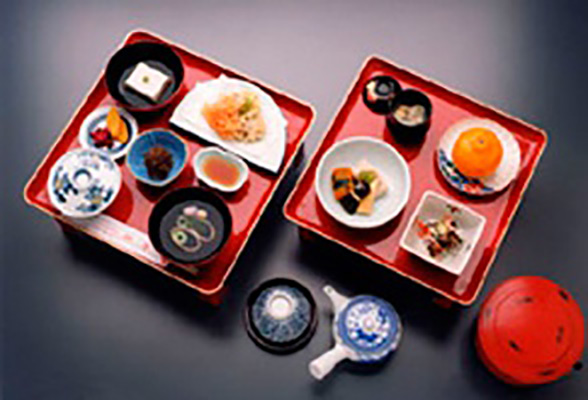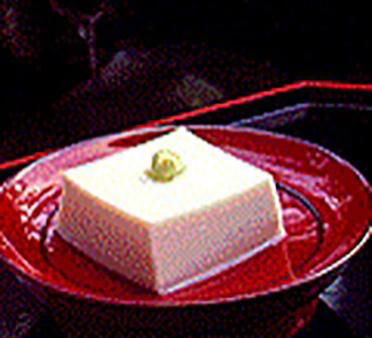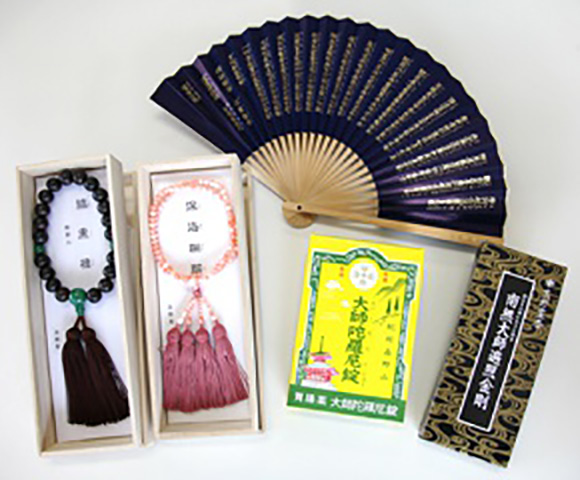

The Koyasan’s vegetarian cooking was established under the strict Buddhist precepts prohibiting eating meat, ever since the time Kukai founded Koyasan. This cuisine has evolved throughout the years, and has been preserved to the present-day by the hard work of many priests and temples.
Its traditional uniqueness made by the delicate enhancement of a natural taste, the use of limited ingredients as well as the nonuse of meat, is the essence of the eating habits of Koyasan.
Based upon the Sobo Cooking, rooted in Buddhist mental training, this cuisine features, through simple refinements, a sense of the seasons, matching the five methods, five tastes, and five colors. Such good looking, substantial and delicious dishes are offered to visitors as Koyasan’s specialty.
Goma-dofu and Koya-dofu are Koyasan’s highly nutritious foods containing precious protein, and are served up very often if not all the time at any Shukubo temple.









